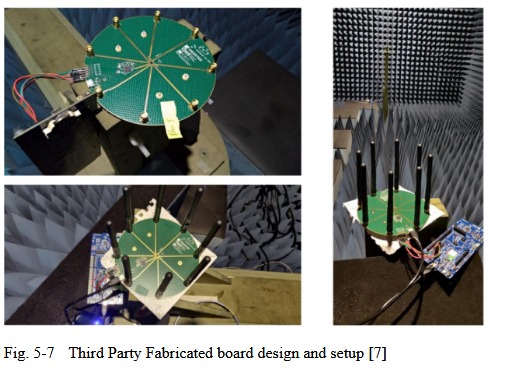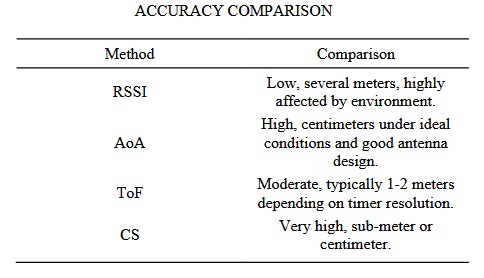There is new research (PDF) analysing methods for indoor distance estimation using Bluetooth Low Energy (BLE), with an emphasis on practical implementation in embedded systems. It compares four main techniques, Received Signal Strength Indication (RSSI), Time of Flight (ToF), Angle of Arrival (AoA), and Channel Sounding (CS), examining their theory, hardware and software requirements, and performance. The work aims to guide designers in selecting the most appropriate method based on accuracy, power consumption, complexity and cost.
The study explains foundational localisation concepts such as trilateration, precision, accuracy, and resolution, and then explores range-based and range-free distance estimation methods. It provides a detailed breakdown of BLE architecture, including host and controller components, communication protocols, and physical layer considerations, linking these to the requirements of the four techniques.

RSSI and ToF were tested experimentally on NXP’s MCX W71x platform, showing RSSI’s simplicity but high environmental sensitivity, and ToF’s better short-range consistency but increased instability and power usage over distance. Direct testing of AoA and CS was not possible due to hardware constraints, so the analysis relies on third-party demonstrations, confirming AoA’s potential for precise angular measurement and CS’s sub-metre accuracy and robustness in complex environments.

The final comparison uses criteria such as accuracy, robustness, processing complexity, and hardware needs to recommend different methods for applications like smart buildings, asset tracking, and IoT systems. The study concludes by bridging the gap between theory and embedded implementation, offering a reference framework for future BLE-based localisation developments.